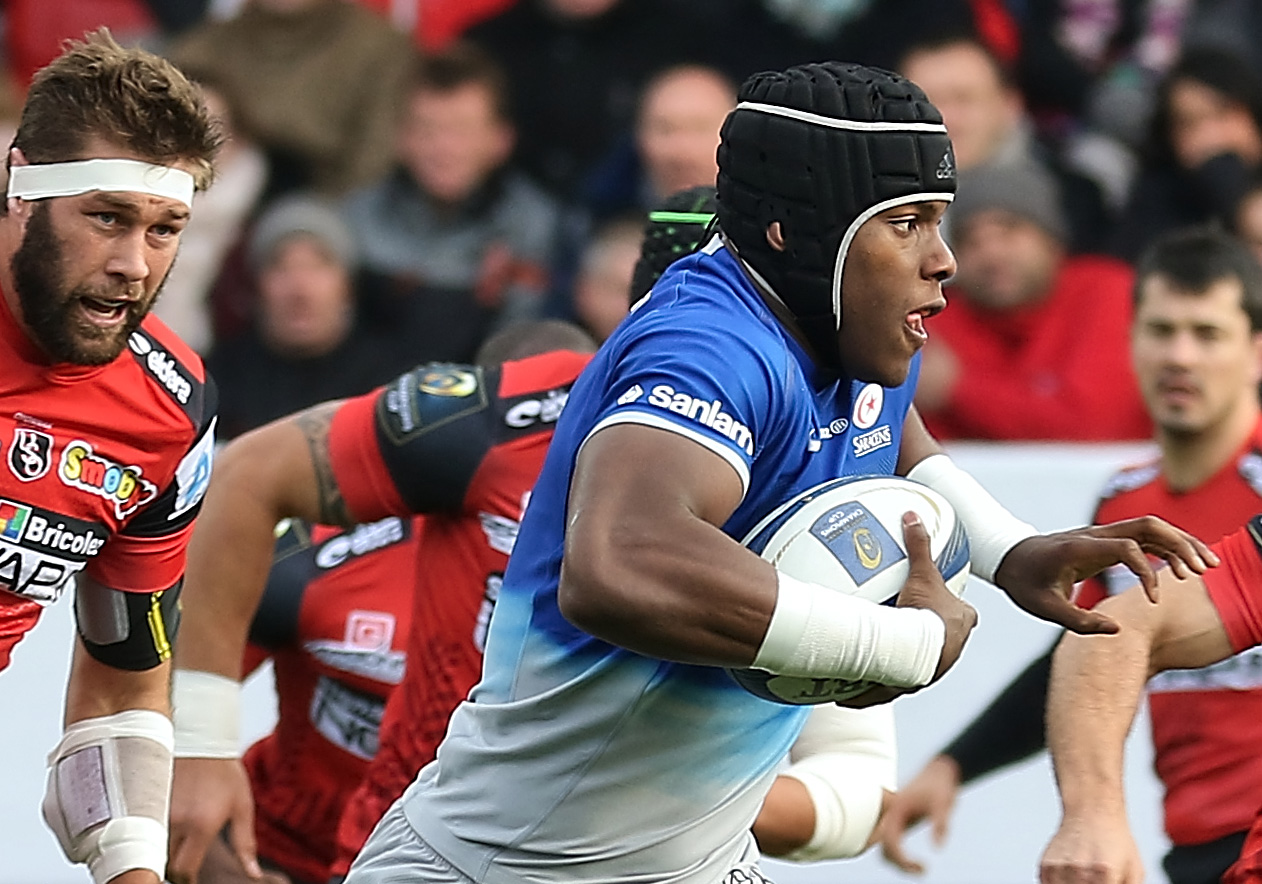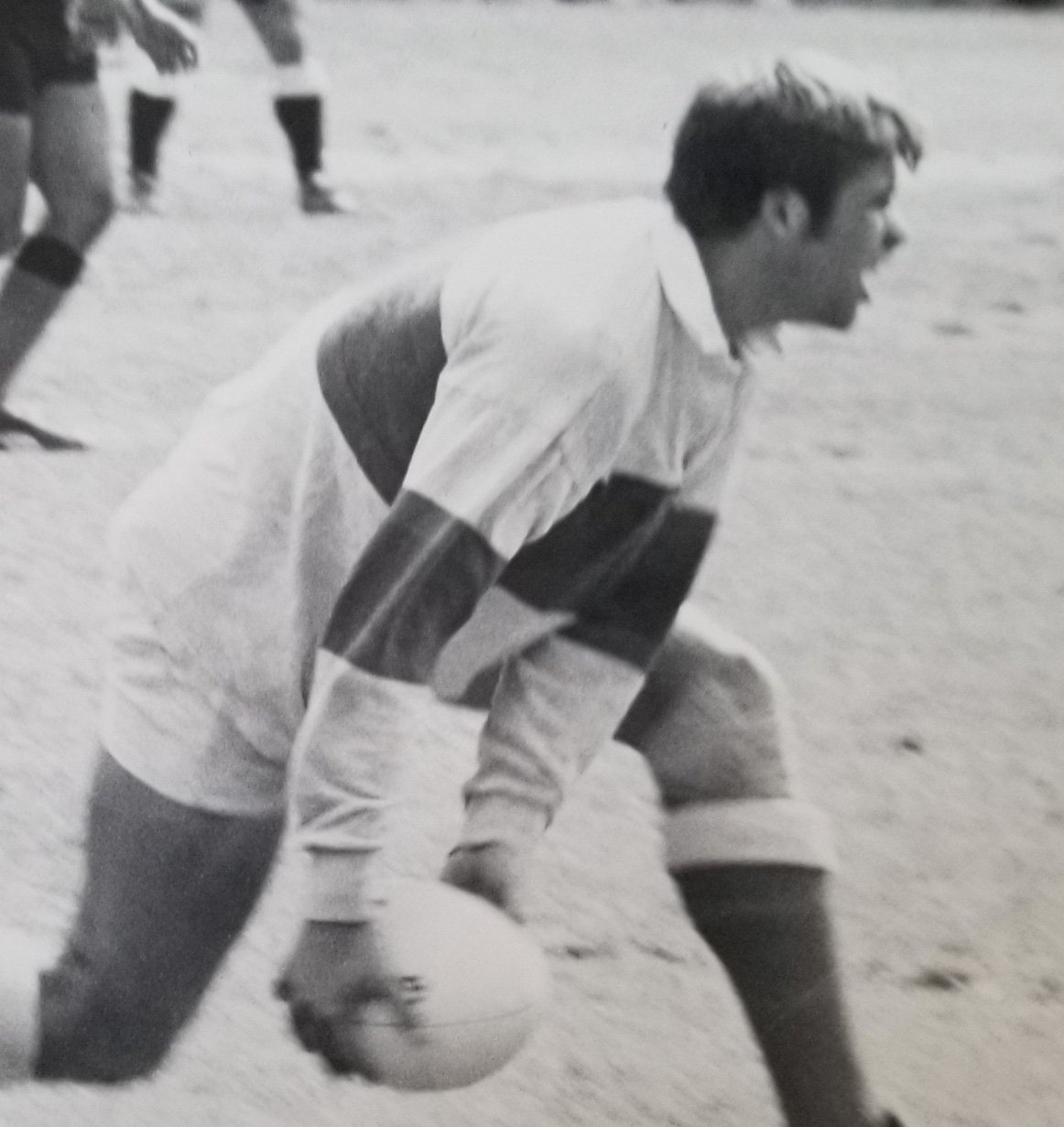
While rugby is played worldwide – in far more countries than those that play American-style gridiron football – the roots of the sport can be traced to an incident on a playing field at England’s Rugby School back in 1823. On that day a group of students were playing soccer and one of those students – by the name of William Webb Ellis – decided to pick up the soccer ball with his hands, which is a violation of the rules of soccer, and he then ran with it, thus creating what became known as Rugby’s game or the “rugby” style of play.
While some of the sport’s historians cast doubt on the validity of that incident in 1823, it remains so entrenched within the sport’s culture that the winner of the (Men’s) Rugby World Cup – which has been held every four years, starting in 1987 – is presented with the Webb Ellis Cup.
Since that rules “violation” back in 1823, rugby has been exported to every continent in the world, with the exception of Antarctica. While the English remain very good at playing rugby, the sport has blossomed in the last 100 years in countries as varied as Ireland, Wales, Scotland, New Zealand, South Africa, Argentina, Uruguay, Chile, Japan, France, Italy, Canada, Australia, Russia, throughout the islands of the south Pacific, on many Caribbean islands and, of course, in the U.S.
While rugby – in the seven-on-seven format, aka “sevens” – is now being played in the Summer Olympics, the traditional 15-a-side game was initially played in the Summer Olympics in 1900 in Paris (won by France), in 1908 in London (won by Australia), and then again in 1920 in Antwerp and in Paris in 1924. Believe it or not, the U.S. actually defeated France for the Olympic gold medal in 1920 and 1924. After that, rugby was no longer played in the Olympics and that mirrored the decline of the sport in the U.S. until the governing body of rugby in the U.S. was founded in 1975.
As for rugby and the Olympics, rugby sevens returned in 2016 for the Summer Olympics in Rio de Janeiro and has remained on the Olympic roster ever since.
Editor’s Note: One of the sport’s Olympic highlights involved the women’s national rugby team from the U.S. Do you recall the U.S. women’s national Olympic rugby team scoring that breakaway try in the game’s waning seconds to defeat Australia for the bronze medal at the 2024 Summer Olympics in France? If not, check it out on YouTube.
Today in the U.S., the sport’s governing body is USA Rugby, based in Denver, CO.
Rugby By The Numbers
According to the Sports & Fitness Industry Association’s (SFIA) latest research, rugby in the U.S. is highly skewed toward young males. SFIA reveals that there were 1.1 million rugby players in the U.S. in 2024, which is unchanged from 2023. Of those, 73.3 percent are male.
Another newsworthy statistic is that 35.6 percent of all rugby players in the U.S. are between the ages of six and 17 and 44 percent are between the ages of 18 and 34, a reflection of the ongoing popularity of the traditional local rugby club culture in the U.S. It’s also worth noting that 20 percent of all rugby players in the U.S. are between the ages of 18 and 24, which confirms that rugby remains a very popular athletic outlet on college campuses in the U.S., for both men and women.

Rugby’s U.S. Future
Looking forward, rugby should continue to grow in the U.S. between now the Rugby World Cup in 2031 and the Women’s Rugby World Cup in 2033. After those events, rugby should truly blossom.
“In a lot of ways, America is a bridge to the world,” says former U.S. national team player and captain Dan Lyle. “Every culture is here, that’s why it (the 2031 Rugby World Cup) will have record attendances and record profitability. It’s an exciting time for America to become the centerpiece for this sport.”
The sport of rugby will experience a similar boost when the Women’s Rugby World Cup takes place in 2033.
“One of the biggest aspects of being able to host a (Rugby) World Cup is it creates this unified vision for rugby here in America,” explains three-time Women’s Rugby World Cup participant (for the U.S.) Jamie Burke. “We have such an opportunity to grow this sport and put on the best spectacle of rugby that we’ve ever seen.
That kind of inspiration to galvanize our youth programs, our club community and our college community all together around this common vision really can allow us to set USA Rugby on a trajectory that we don’t know where it will go yet.”
This writer (in photo above), started playing competitive rugby in 1977, while living as a teenager in England, and continued until the early 2000s back here in the U.S. May acknowledges that during his playing days he never met an American football player who didn’t prefer rugby over football after stepping on and off the rugby pitch. Food for thought! Get ready to “scrum down, America.”


.svg)